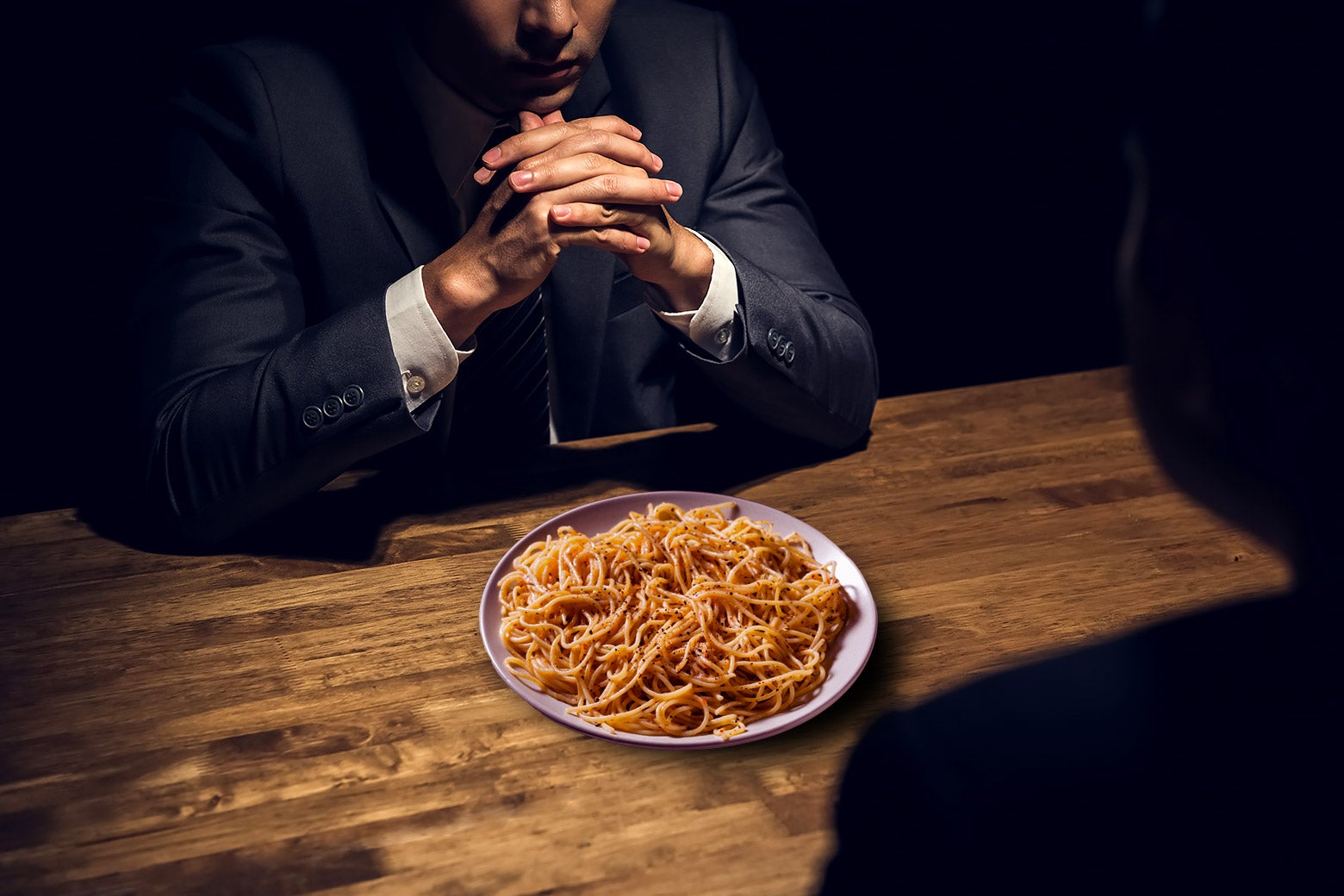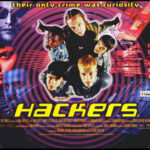The 1995 cult classic Hackers is more than just a film about a group of young cyberpunks navigating the murky waters of computer hacking—it’s a cultural time capsule of the 1990s. Directed by Iain Softley and starring a young Angelina Jolie, Jonny Lee Miller, and Matthew Lillard, Hackers captured the essence of the decade through its aesthetic, technology, and ethos. While the film may not have been a box-office success, its legacy as a quintessential 90s movie has only grown over time.
This article explores why Hackers is the epitome of 90s cinema, examining its fashion, soundtrack, portrayal of technology, and underlying themes of rebellion and individuality.
The Cyberpunk Aesthetic and 90s Style
One of the most immediately striking aspects of Hackers is its fashion. The film is a neon-lit showcase of 90s counterculture, blending cyberpunk influences with the streetwear trends of the time. The characters wear leather jackets, vibrant prints, crop tops, platform shoes, and an eclectic mix of tech-inspired accessories. This bold and experimental style reflects the decade’s fascination with futuristic imagery and self-expression.
The 90s were a time of experimentation in fashion, with youth culture rejecting the subdued tones of previous decades in favor of loud, colorful, and unconventional styles. The characters in Hackers epitomize this trend, particularly Angelina Jolie’s Kate Libby (aka Acid Burn), whose sleek outfits and pixie haircut became iconic in their own right.
The film’s visual style extends beyond clothing. Its depiction of computer hacking is a vibrant mishmash of neon graphics, spinning data streams, and surreal virtual landscapes. While these sequences bear little resemblance to actual hacking, they capture the 90s obsession with the burgeoning internet and its perceived mystique.
A Revolutionary Soundtrack
If fashion was one pillar of 90s culture, music was the other. The Hackers soundtrack is a defining feature of the film and a perfect encapsulation of the decade’s musical experimentation. Featuring artists like The Prodigy, Underworld, and Orbital, the soundtrack leans heavily on electronic and techno music, which was gaining mainstream popularity in the mid-90s.
The pulsating beats and futuristic sounds of the soundtrack perfectly complement the film’s high-energy pacing and cyberpunk aesthetic. Tracks like “Voodoo People” by The Prodigy and “Cowgirl” by Underworld became synonymous with the film’s edgy, underground vibe. The music reflects the spirit of rebellion and innovation that defined not only the movie but also the decade itself.
For many fans, the Hackers soundtrack served as an introduction to electronic music, bridging the gap between niche subcultures and broader audiences. It’s no exaggeration to say that the film’s music is as much a part of its identity as its plot or characters.
The Internet Boom and 90s Technology
The mid-90s were a pivotal time for technology. The internet was transitioning from a niche tool used by academics and government agencies to a public phenomenon that promised to revolutionize every aspect of life. This technological optimism—and the accompanying fear of its misuse—is central to Hackers.
The film portrays hacking as a glamorous and exciting subculture, where tech-savvy teens wield incredible power from their bedrooms. While the technical accuracy of the hacking sequences is questionable at best, Hackers successfully captures the zeitgeist of a world on the cusp of a digital revolution.
Computers in Hackers are sleek, futuristic tools that represent freedom and potential. The film’s protagonists view technology as a means to challenge authority, expose corruption, and push the boundaries of what’s possible. This optimistic portrayal contrasts sharply with the fear-mongering narratives that would dominate media coverage of hacking in later years.
In retrospect, Hackers feels like a love letter to the early days of the internet, when it was still a frontier full of promise and wonder.
Themes of Rebellion and Individuality
At its core, Hackers is a story about rebellion. The film’s heroes are outsiders—misfit teens who use their skills to challenge powerful institutions. This theme of sticking it to the man resonates with the ethos of 90s youth culture, which celebrated individuality and questioned authority.
The 90s were marked by a rise in alternative culture, fueled by the popularity of grunge music, indie films, and the internet itself. Hackers embodies this spirit, presenting its characters as creative, resourceful, and unafraid to defy societal norms. The group’s camaraderie and sense of community reflect the decade’s emphasis on collective action and DIY ethics.
The film’s antagonist, Eugene “The Plague” Belford (played by Fisher Stevens), represents the corporate greed and corruption that the protagonists rebel against. In true 90s fashion, the narrative pits a scrappy group of underdogs against an all-powerful system, delivering a message of empowerment and resistance.
Gender Roles and Representation
For a movie released in 1995, Hackers was surprisingly progressive in its portrayal of gender roles. Angelina Jolie’s Kate Libby is every bit as skilled and confident as her male counterparts, if not more so. She isn’t relegated to a secondary role or treated as a damsel in distress; instead, she’s a central figure in the story and a driving force behind the group’s success.
The dynamic between Kate and Jonny Lee Miller’s Dade Murphy (aka Crash Override) subverts traditional gender roles. While there’s undeniable chemistry between the two, their relationship is built on mutual respect and friendly competition rather than clichéd romance. Kate’s independence and strength made her a trailblazer for female representation in a genre that often sidelined women.
Camp, Humor, and Self-Awareness
Part of what makes Hackers so quintessentially 90s is its campy, self-aware tone. The film doesn’t take itself too seriously, embracing the absurdity of its premise with a wink and a nod. From over-the-top performances to exaggerated visuals, Hackers exudes a sense of fun that’s hard to resist.
Matthew Lillard’s portrayal of Emmanuel Goldstein (aka Cereal Killer) is a prime example of the film’s campy charm. His eccentric mannerisms and offbeat humor add levity to the story, making him a fan-favorite character. Similarly, Fisher Stevens’ portrayal of The Plague is delightfully over-the-top, with the character riding around on a skateboard and reveling in his villainy.
This sense of humor and self-awareness reflects the 90s attitude of not taking things too seriously—a stark contrast to the grimdark tone that would dominate many movies in the following decades.
Cult Status and Enduring Legacy
While Hackers wasn’t a commercial success upon its release, it has since achieved cult status. Its influence can be seen in everything from fashion to music to the way Hollywood portrays technology. The film’s unabashed embrace of 90s culture has made it a nostalgic favorite for those who lived through the era and a fascinating artifact for younger audiences curious about the decade.
The internet itself has played a significant role in keeping Hackers alive in popular consciousness. Memes, fan art, and retrospectives have introduced the film to new audiences, ensuring that its legacy endures.
Conclusion
Hackers is more than just a movie about computer hacking—it’s a time capsule of the 1990s. From its bold fashion choices and electronic soundtrack to its optimistic view of technology and themes of rebellion, the film captures the essence of a decade defined by innovation and individuality.
While it may not have been a critical darling or a box-office smash, Hackers has earned its place as a quintessential 90s movie. Its campy charm, forward-thinking representation, and celebration of youth culture continue to resonate, making it a beloved classic for fans old and new. In a world increasingly shaped by technology, Hackers reminds us of a time when the internet was still a frontier, full of promise and possibility.
Stream Movie For Free On Tubi
This post has already been read 11 times!
Post Views: 17












